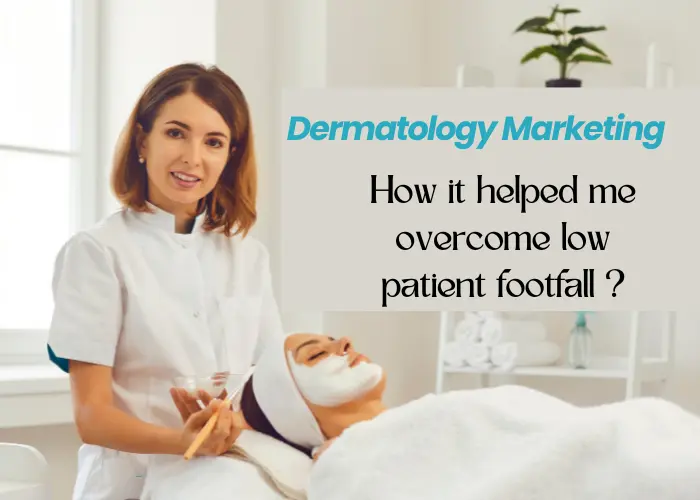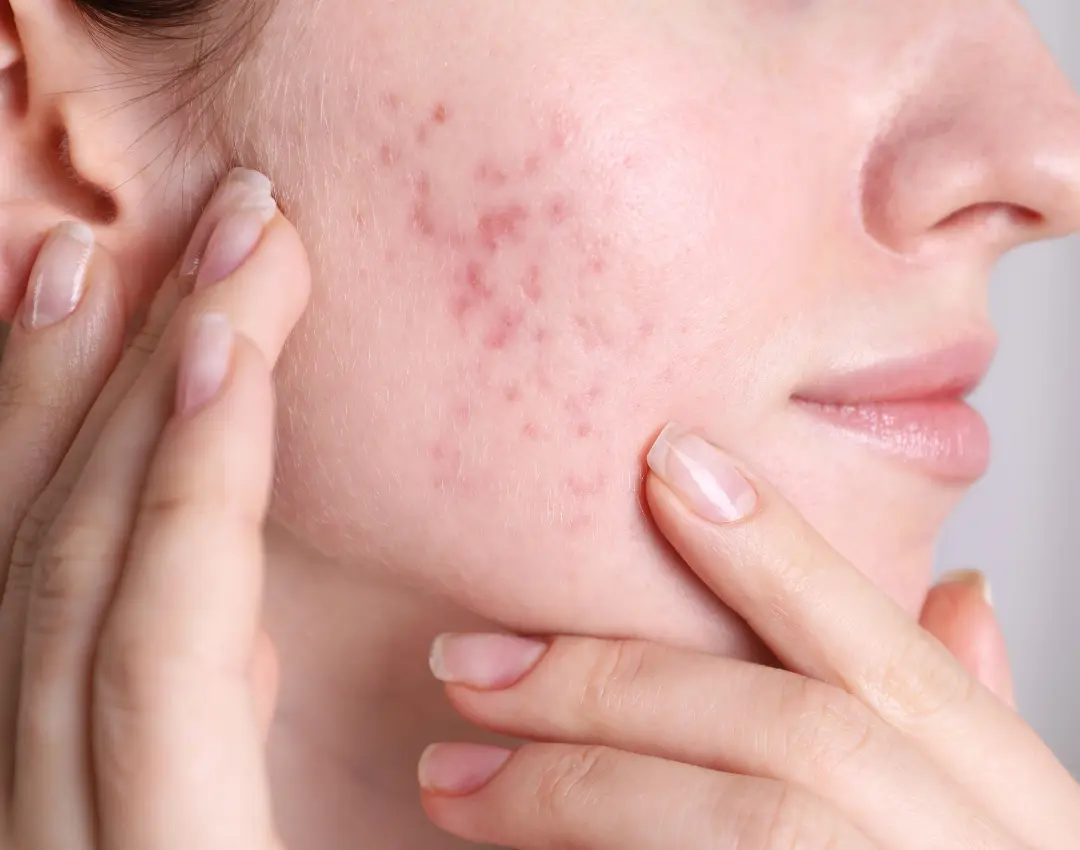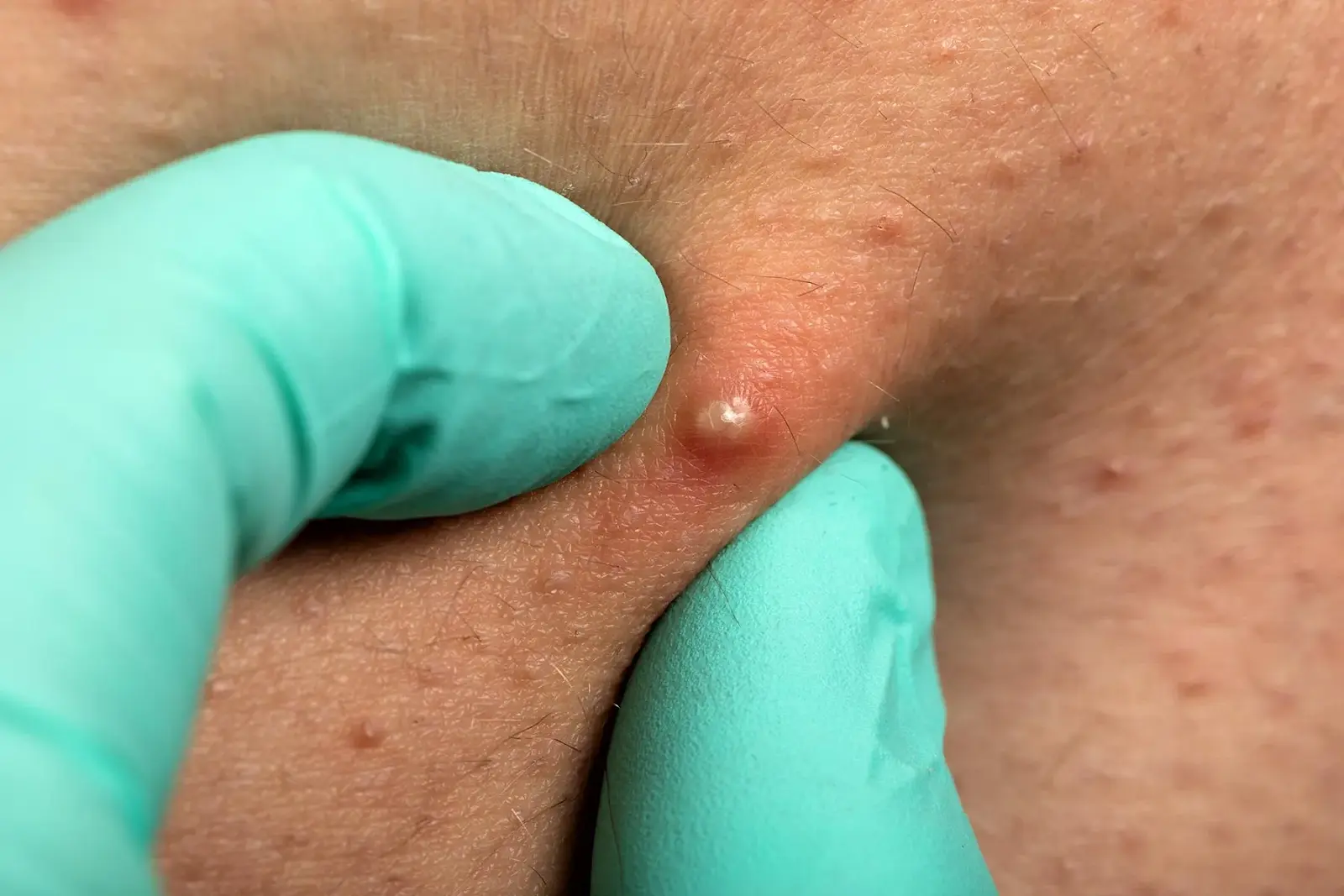

Before we dive into treatments, let’s clarify what papules are.
Papules are a form of acne that appears as small, red, raised bumps. They don’t have pus inside like some other types of acne, and they’re often caused by clogged pores, bacteria, and inflammation.



